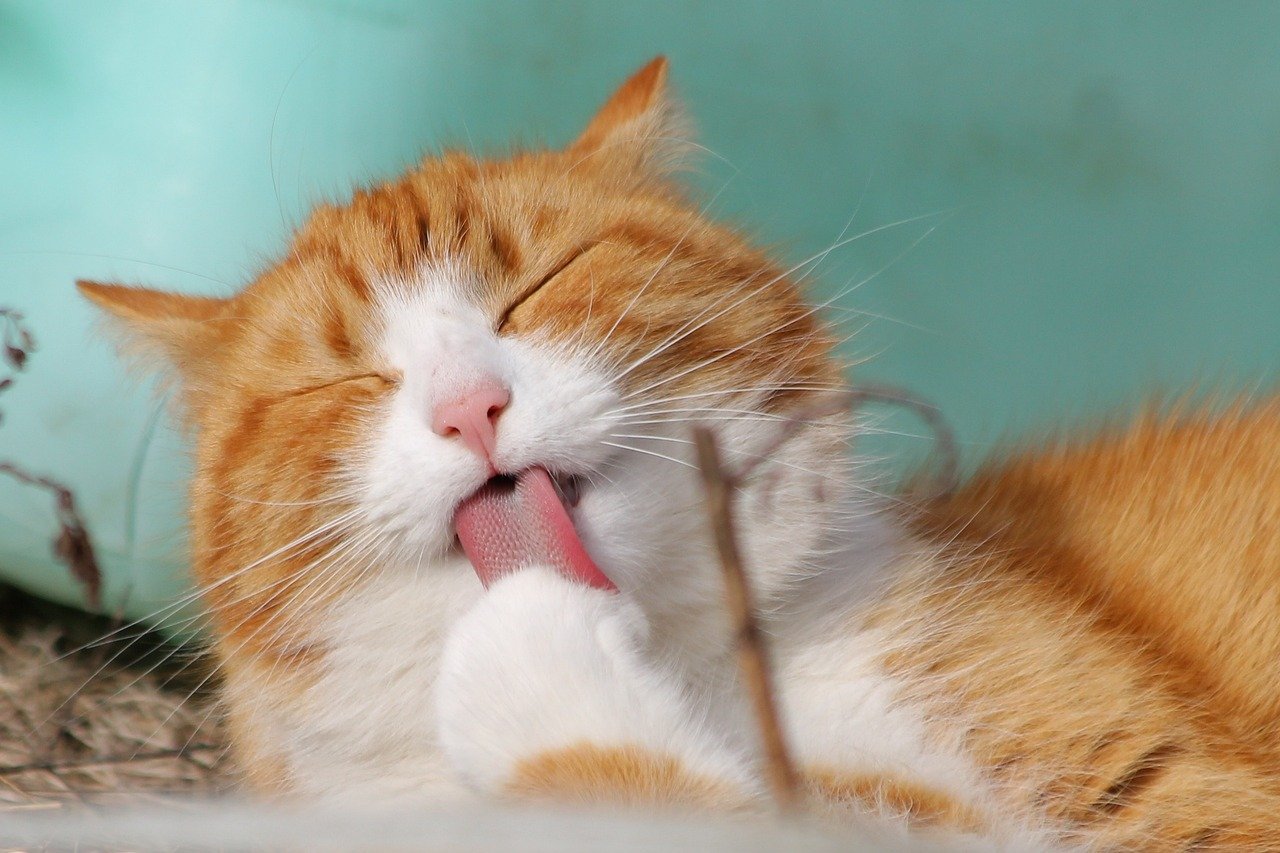Have you ever wondered why your cat sneaks under the bed at the first sign of thunder, while your dog might just bark or even try to comfort you? The emotional lives of our pets are full of surprises, and when it comes to stress, cats and dogs are worlds apart. These mysterious felines have their own set of quirky coping mechanisms that often leave even seasoned pet owners scratching their heads. If you’re a cat lover, you know that their reactions to stress can be as subtle as a whisker twitch or as dramatic as a disappearing act. Let’s take a deep dive into the fascinating and sometimes hilarious ways cats handle stress, and see just how different they are from their canine companions.
1. Hiding Is a Cat’s First Line of Defense
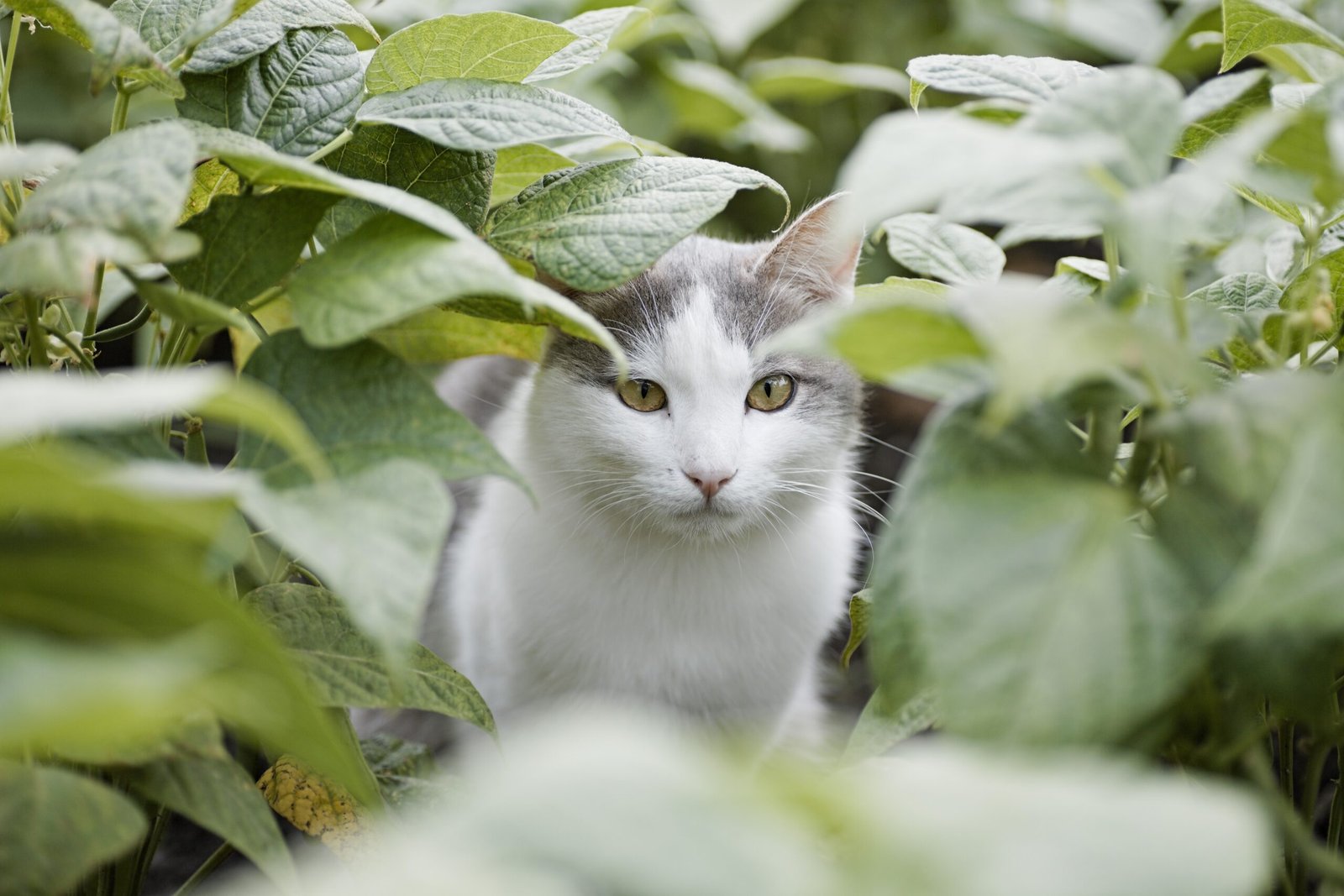
When stress strikes, cats have a singular instinct: disappear. Unlike dogs, who often seek out their humans for reassurance, cats vanish into the smallest, darkest spaces they can find. Under the bed, behind the washing machine, or squeezed into a cardboard box—if there’s a nook, a cat will find it. This behavior stems from their wild ancestors, who relied on stealth and hiding to survive. It’s a survival strategy that persists even in our cozy, modern homes. Dogs, on the other hand, are more likely to stay in the open, barking or pacing as they process their anxiety. Cats’ disappearing acts can be frustrating for owners, but it’s just their way of feeling safe when the world feels overwhelming.
2. Sudden Aggression or Swatting
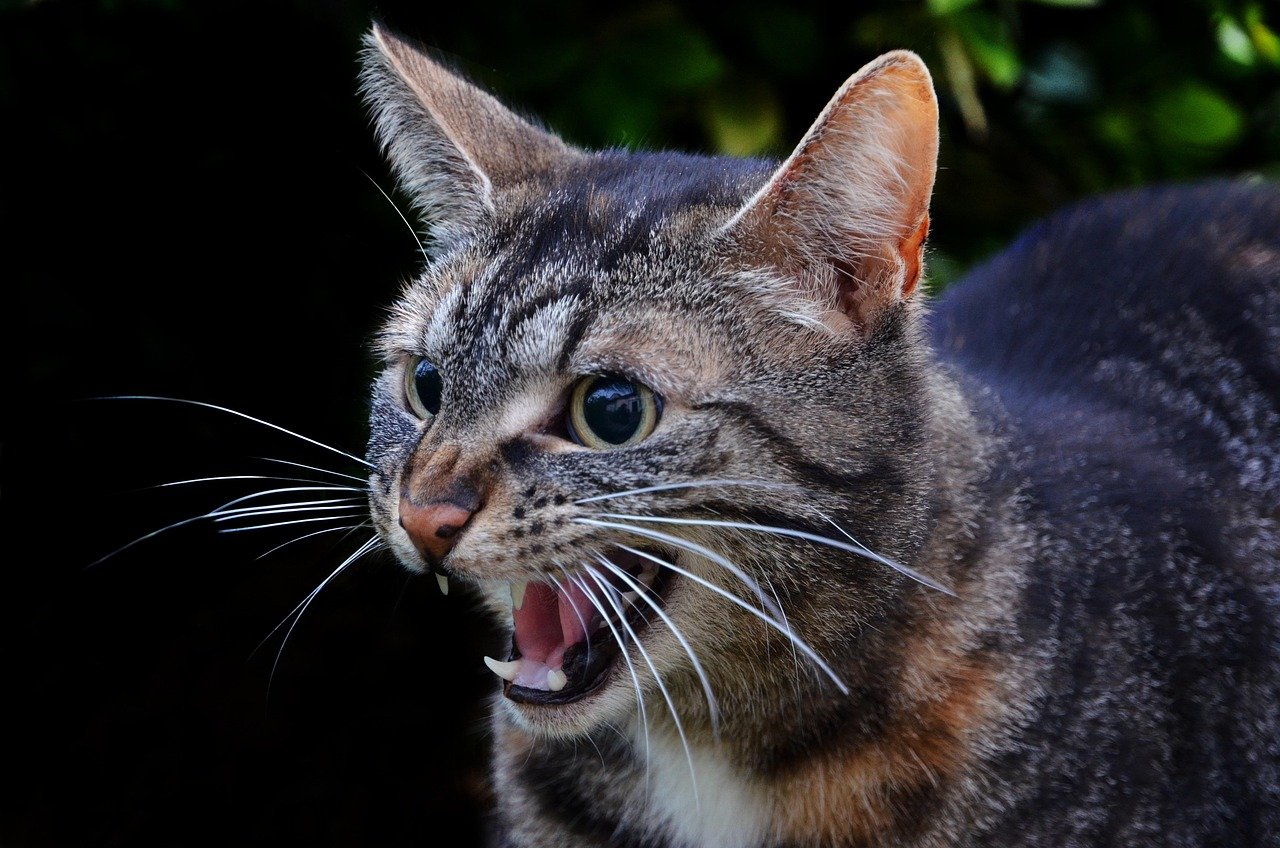
Cats under stress might suddenly lash out with a hiss, a swipe, or even a bite. This isn’t because they’re “mean”—it’s their way of saying, “Back off, I need space.” Dogs, by contrast, may bark anxiously or whine, but they’re less likely to turn to aggression unless they feel directly threatened. For cats, a quick swat is often a warning rather than a declaration of war. It’s a bit like someone snapping at you when they’re overwhelmed; it’s not personal, it’s just their way of coping. If your normally gentle kitty starts acting like a mini tiger, stress is likely the culprit.
3. Over-Grooming to the Point of Bald Spots
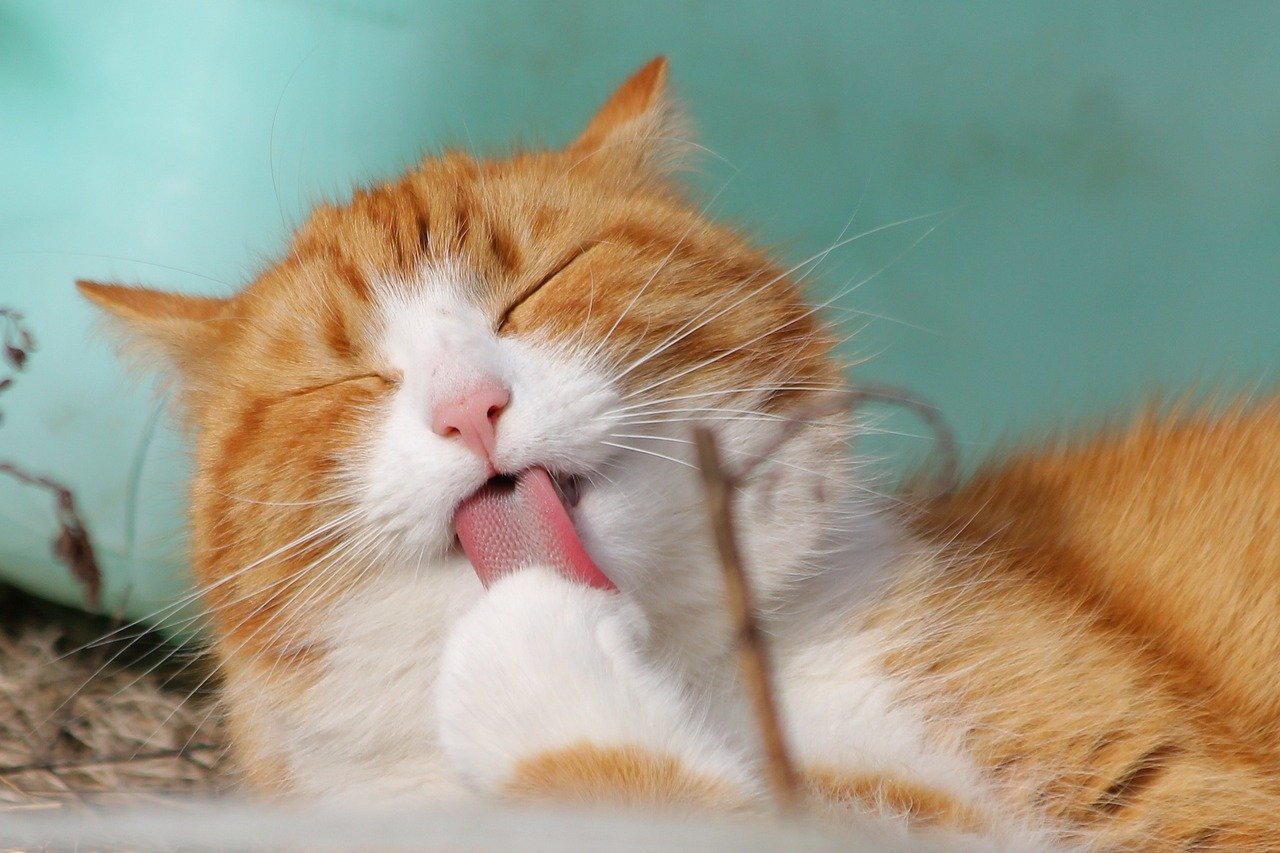
Have you ever noticed your cat licking themselves incessantly when something changes at home? Over-grooming is a classic sign of feline stress. Dogs might chew on their paws or scratch, but cats can groom so much they develop bald patches. This self-soothing behavior releases endorphins, giving them a temporary sense of relief. However, if it goes on too long, it can lead to skin problems and hair loss. It’s almost as if cats are trying to wash their worries away, one lick at a time. If you spot your cat obsessively grooming, it’s time to look for sources of stress in their environment.
4. Loss of Appetite or Sudden Picky Eating
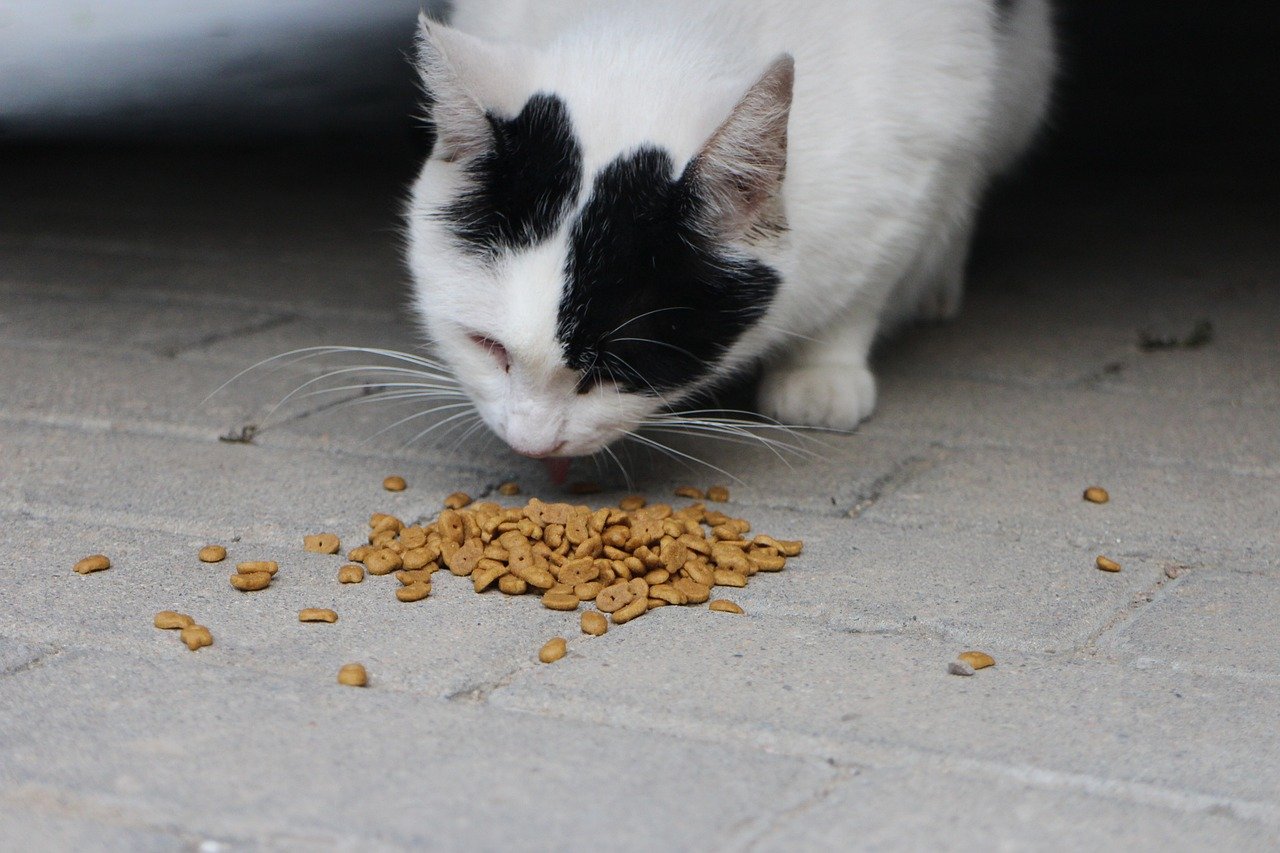
Stress can turn even the most food-motivated cats into picky eaters. Unlike dogs, who might eat more when they’re anxious, cats often refuse food altogether. This can be alarming for pet owners, especially since cats are prone to a dangerous condition called hepatic lipidosis if they stop eating for too long. A sudden change in eating habits is a red flag that shouldn’t be ignored. Cats are creatures of habit, and anything that disrupts their routine—a new pet, a move, or even a loud party—can send their appetite into a tailspin.
5. Inappropriate Elimination: The Ultimate Protest
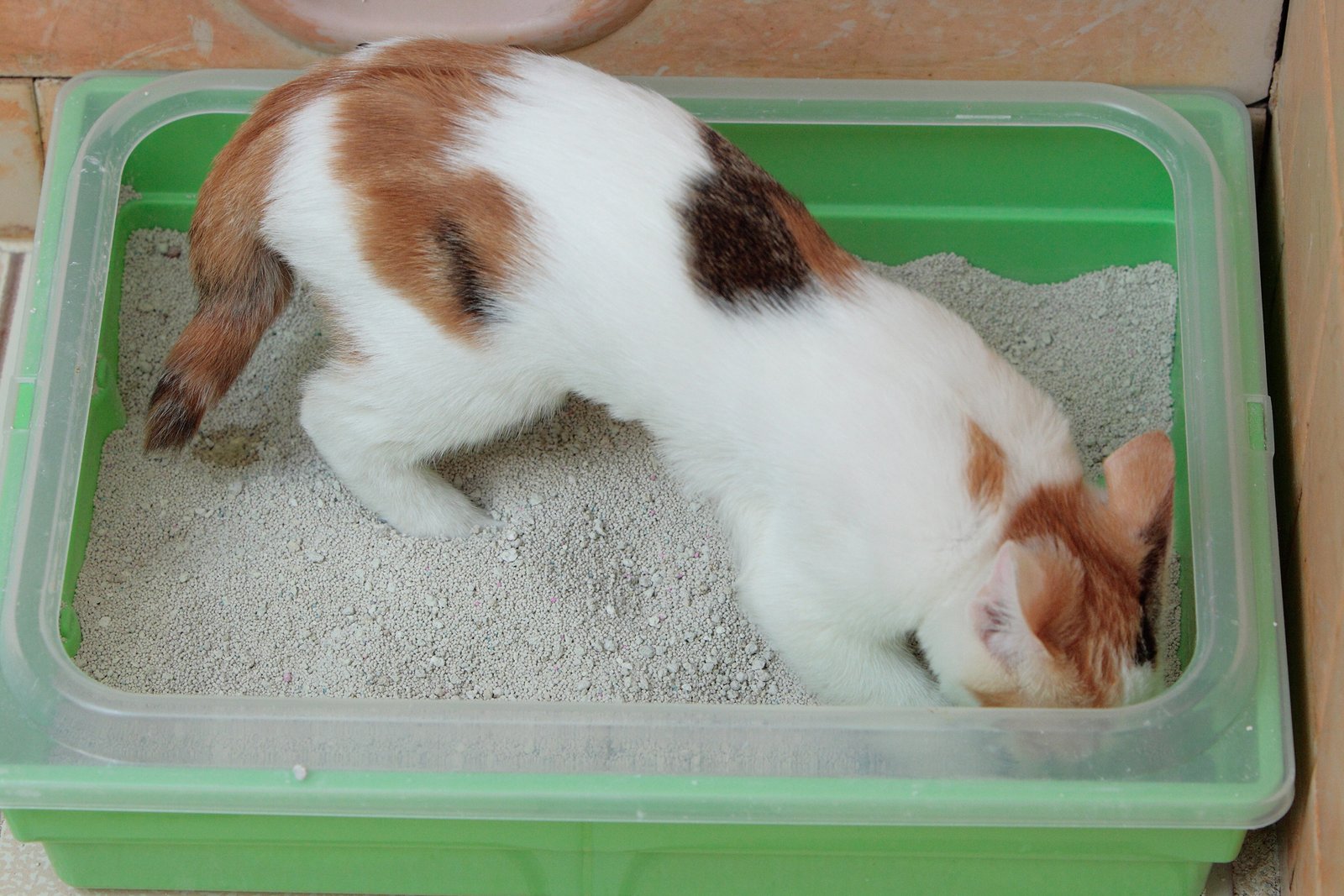
One of the most baffling and frustrating ways cats respond to stress is by refusing to use their litter box. They might pee on your favorite rug, your bed, or even a pile of freshly laundered clothes. This isn’t done out of spite; it’s a desperate way for them to communicate their distress. Dogs, while they might have accidents, generally don’t use elimination as a form of protest. For cats, scent marking is both a comfort and a message: “I’m not okay.” If your cat’s bathroom habits suddenly change, stress is often to blame.
6. Freezing in Place or Becoming Completely Still
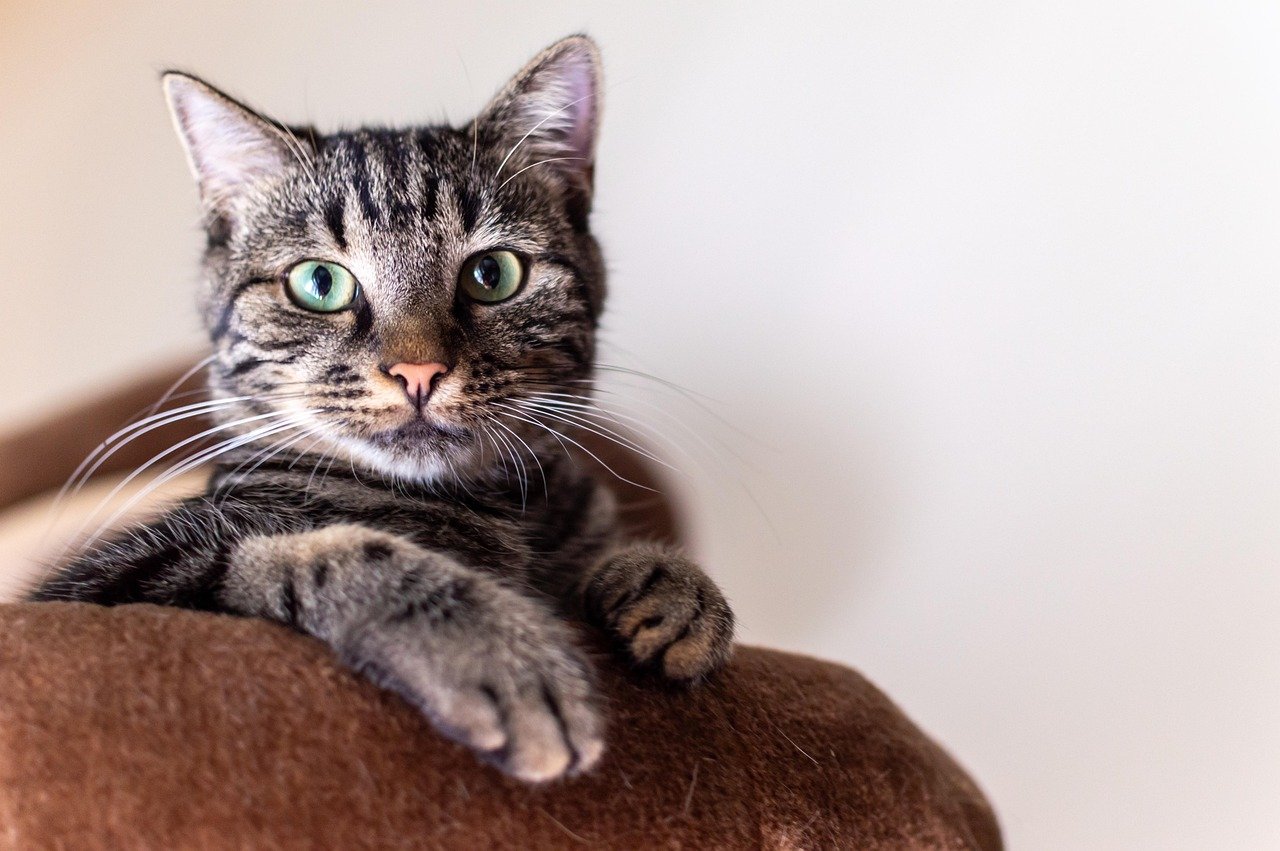
When faced with something scary or stressful, some cats don’t run or hide—they freeze. They may crouch low to the ground, ears flattened, eyes wide, not moving a muscle. It’s a bit like a deer caught in headlights. Dogs tend to be more vocal and active when scared, pacing or trembling. Cats, on the other hand, believe in the power of stillness. This response is deeply rooted in their instincts: staying perfectly still might help them avoid detection by predators. If your cat suddenly becomes a statue, something is definitely amiss in their world.
7. Excessive Vocalization: Meows, Yowls, and More
While cats aren’t usually as noisy as dogs, stress can turn some kitties into chatterboxes. You might hear a sudden increase in meowing, yowling, or even howling, especially at night. This vocalization is their way of expressing unease or seeking reassurance. Dogs might bark or whimper, but cat vocalizations can be especially heart-wrenching—almost as if they’re pleading for help. Each cat has their own language, so if your quiet cat suddenly finds their voice, stress could be the trigger.
8. Avoidance of Human Contact

It can be heartbreaking when your usually affectionate cat suddenly wants nothing to do with you. Stress can make cats withdraw and avoid any interaction, even from their favorite humans. Dogs, in contrast, often seek comfort from their owners when they’re anxious. Cats go in the opposite direction, seeking solitude to process their feelings. This withdrawal isn’t a sign that your cat doesn’t love you—it’s just their way of coping. Giving them space and time to come around is often the best medicine.
9. Destructive Behavior Like Scratching Furniture
When stress levels rise, some cats turn their anxiety into action by scratching anything in sight. The arms of your couch, the legs of your table, even your curtains—nothing is safe. While dogs might chew things when they’re stressed, cats prefer to sharpen their claws. Scratching is both a physical release and a way to mark territory, signaling “I was here.” It can be maddening for owners, but it’s a cry for help from your feline friend. Providing scratching posts and safe outlets can help redirect this energy.
10. Changes in Sleeping Patterns
Cats are famous for their marathon naps, but stress can disrupt their sleep in surprising ways. Some cats sleep much more than usual, hiding away for hours. Others become restless and pace at night, unable to settle down. Dogs might have trouble sleeping too, but they often show it with whimpering or seeking out their owners. For cats, sleep disturbances are a subtle but important sign that something’s wrong. If your cat’s sleep habits change, it’s worth taking a closer look at what might be bothering them.
11. Increased Clinginess or Following You Everywhere
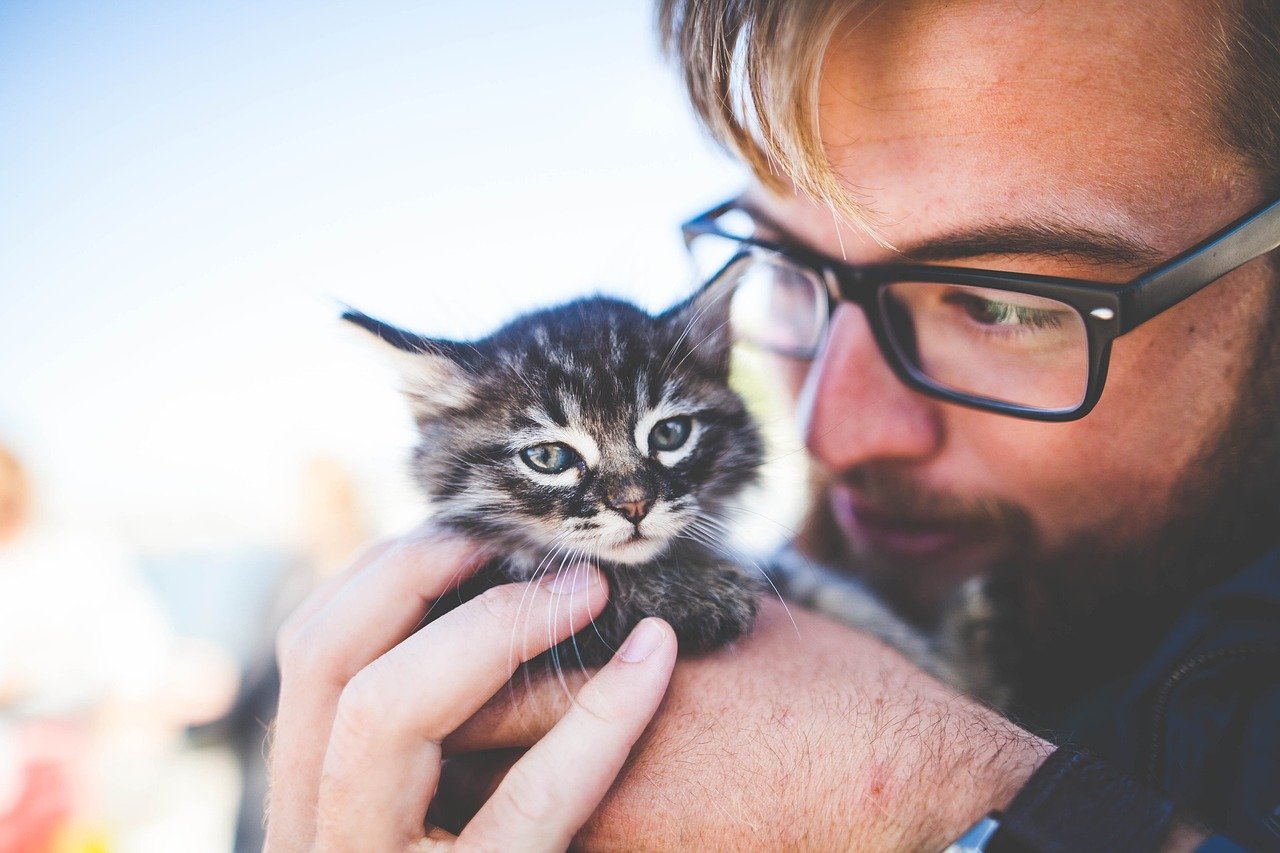
Not all cats respond to stress by hiding—some become velcro kitties, glued to your side at all times. This sudden clinginess is a way of seeking comfort and reassurance. It’s almost as if your cat thinks you’re their security blanket. Dogs are famous for being loyal and affectionate, but when a cat suddenly won’t leave your side, it’s a big deal. It’s a reminder that even the most independent feline sometimes needs a little extra love.
12. Vomiting or Digestive Upset
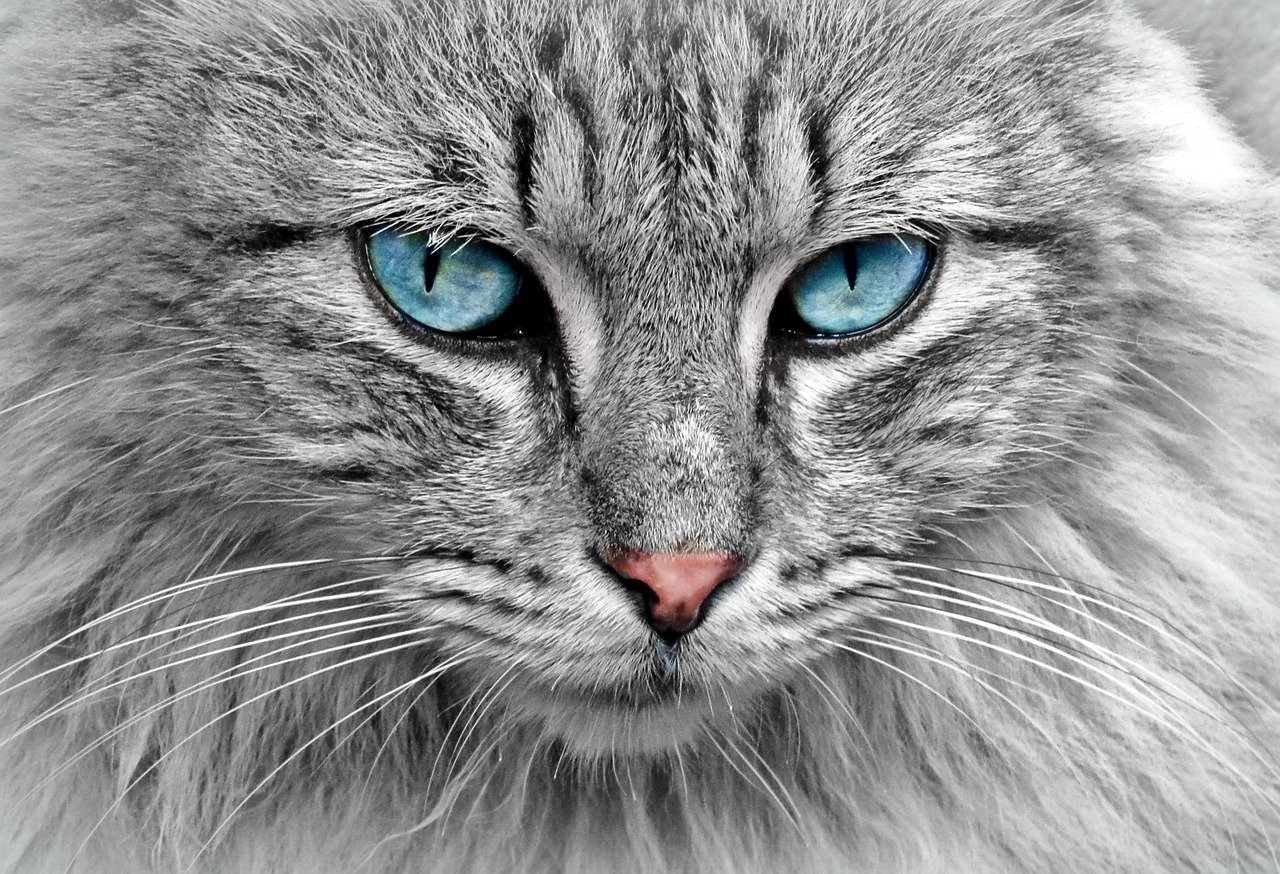
Finally, stress can take a toll on your cat’s tummy. Vomiting, diarrhea, or constipation are all common signs that something is wrong. While dogs can also have digestive issues when stressed, cats are especially sensitive. Their digestive systems are delicate, and any disruption in routine—like travel, a new pet, or loud noises—can trigger stomach problems. If your cat starts throwing up or has trouble in the litter box, don’t ignore it. It’s their body’s way of waving a red flag.
In the end, our cats may never tell us exactly what’s on their minds, but their unique reactions to stress speak volumes. Understanding these signals can help us be better companions to our mysterious, marvelous felines.
Jen is a passionate nature lover and ocean conservationist. She has dedicated her life to protecting the environment and preserving the beauty of the natural world. Growing up in a small coastal town, Jen sincerely appreciated the ocean and its inhabitants. She has spent countless hours exploring the shoreline, learning about the creatures that inhabit the waters, and advocating for their protection. Jen is an active member of ocean conservation organizations, and she is committed to educating the public about the importance of conserving wildlife and the natural environment.

